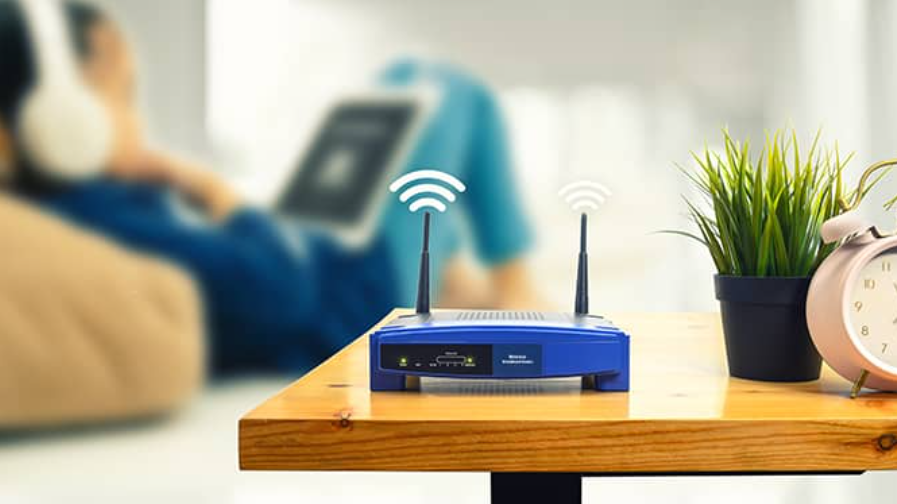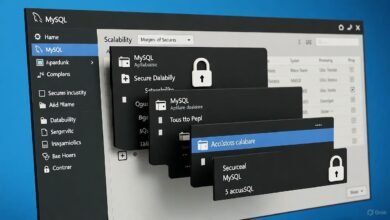
Finding the Perfect Home Internet Plan: What You Need to Know
Our lives largely revolve around the internet these days. From streaming television and keeping in touch with loved ones to more in-depth online activities, everyone needs to be connected. Whether your family uses internet for browsing and gaming or working from home and attending virtual school, you may have already learned that slow internet and frequent outages can essentially be crippling. If you have a smart home, losing speed and connectivity can be even more detrimental.
In light of all that, having the right internet plan is crucial. Of course, with so many home internet plans and service providers available these days, choosing the best ones isn’t easy. If you’re on a mission to find the perfect home internet, the following pointers can help.
Know Your Internet Usage
For one, you need to know your internet usage. Does your family mainly browse, check their email, and shop online? If so, you probably don’t need the fastest connection or the most expensive plan. On the other hand, if your household includes gamers, remote workers, online students, and constant streamers, you may very well need the fastest speeds and the highest bandwidths.
Knowing how much internet you actually use can go a long way toward helping you find the right plan. It’ll also prevent you from overpaying or choosing an option that can’t live up to your needs. You may be able to look at your dashboard with your current internet provider to determine how much data you generally use.
Understand Internet Speed
Secondly, you need to fully understand internet speed. It’s usually measured in megabits per second, or Mbps. The higher the number, the faster the connection can send and receive data.
For instance, a plan with 100 Mbps is typically enough for families who stream television and carry out other casual internet activities. For those who work or attend school from home, routinely engage in videoconferencing, or have multiple smart devices, a plan with 300 Mbps or more may be necessary. Some providers even offer gigabit speeds, which are higher than Mbps plans, but most people don’t really need that much.
See also: 5 Common Heating Issues Coral Springs Technicians Fix Every Winter
Know What’s Available in Your Area
You also need to know what’s available in your area. Not all types of connections are available everywhere. Fiber is the fastest, but it’s not the most readily available. Cable and DSL are the most common; of the two, DSL tends to be more reliable. In some areas, satellite is the only available option. Fixed wireless, like 5G, is also an option in some areas, but it’s extremely susceptible to interference.
Compare Prices and Plans
With all that in mind, you can start comparing plans and prices from different providers. Don’t fall into the trap of comparing prices alone, though. Be sure you’re comparing costs for similar connection types and speeds. Look into any extra fees that may be added to your bill each month as well, such as taxes, overage charges, and equipment rentals.
Along the way, consider asking friends, relatives, neighbors, and coworkers which internet providers they use and how satisfied they are with them. Paying a little more each month for a provider that’s known for reliability and fantastic customer service can certainly be a good investment. It’ll give you added reassurance that you can count on your internet when you need it most.
Finding the Perfect Home Internet Plan
Finding the best internet plan for your home takes a bit of thought and research. It’s not necessarily about finding the cheapest plan or the fastest speeds; it’s about finding a nice combination of speed, reliability, availability, affordability, and great customer service. Keeping the points mentioned here in mind can help you a plan that offers all of those elements.




